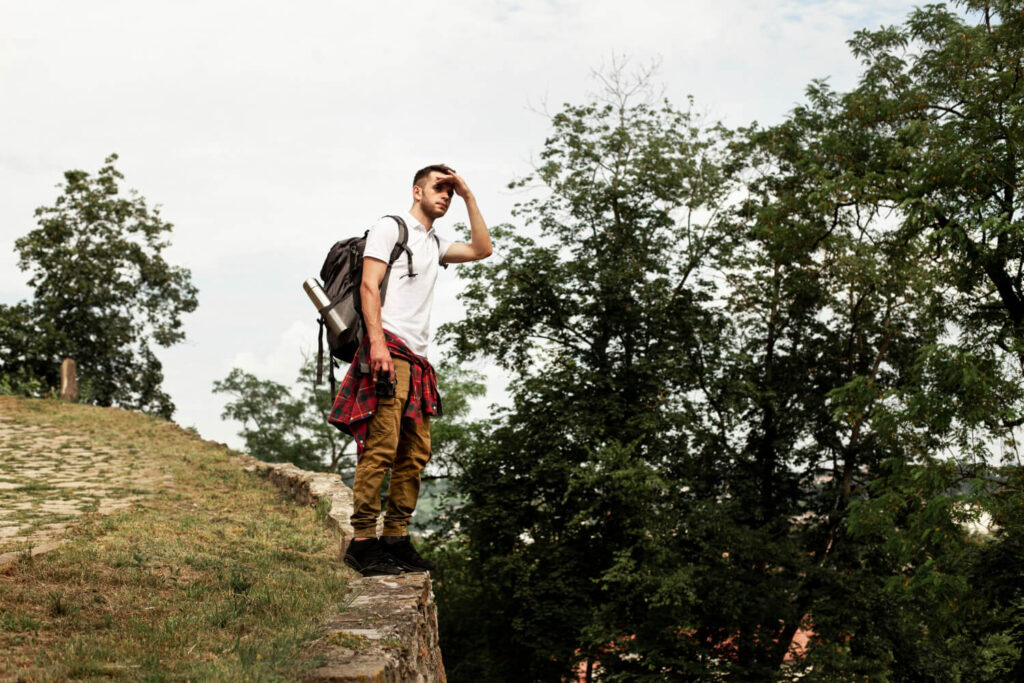
Outdoor Road Trips Midland – Parks & Trails Adventure
Ready to unplug and stretch your legs on dusty trails under big blue skies? A road trip near Midland, Texas
Home » National Park Route
Texas may be big in size, but its national parks are even bigger in experience. From the towering canyons of Big Bend to the fossil-rich plains of Guadalupe Mountains, a national park road trip takes you deep into the heart of Texas’s most untamed beauty. These routes are perfect for outdoor lovers, stargazers, photographers, and anyone seeking peace and grandeur on the open road. Our national park road trip guides showcase top stops, best times to visit, hiking tips, and scenic routes — so you can explore Texas’s wild side one breathtaking park at a time.

Ready to unplug and stretch your legs on dusty trails under big blue skies? A road trip near Midland, Texas
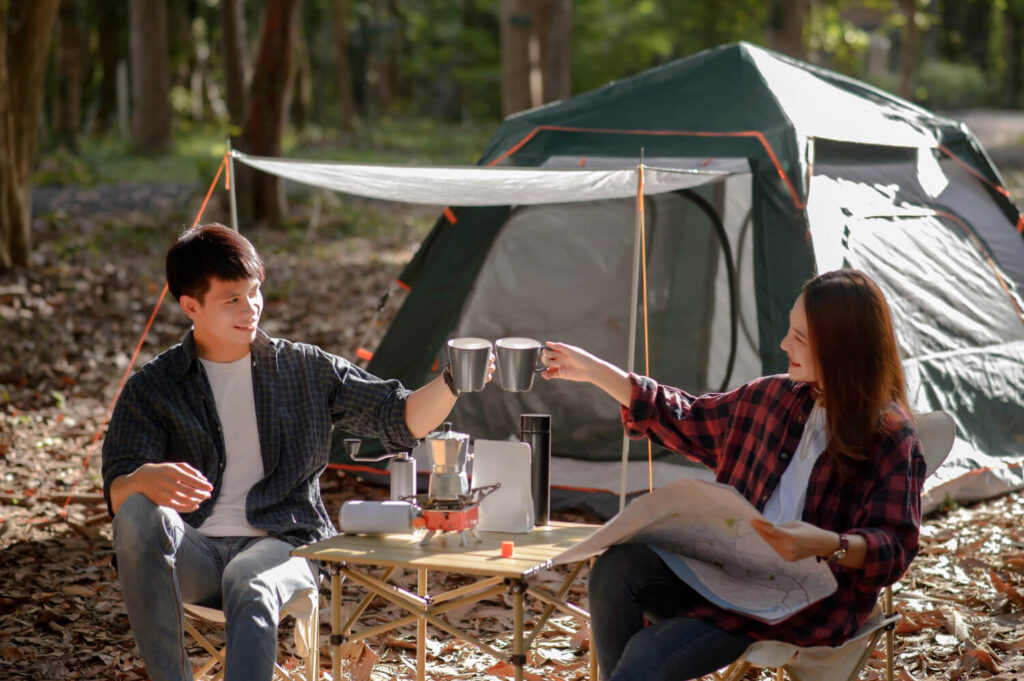
If your ideal road trip includes waking up to birdsong, roasting marshmallows under the stars, and enjoying the great outdoors
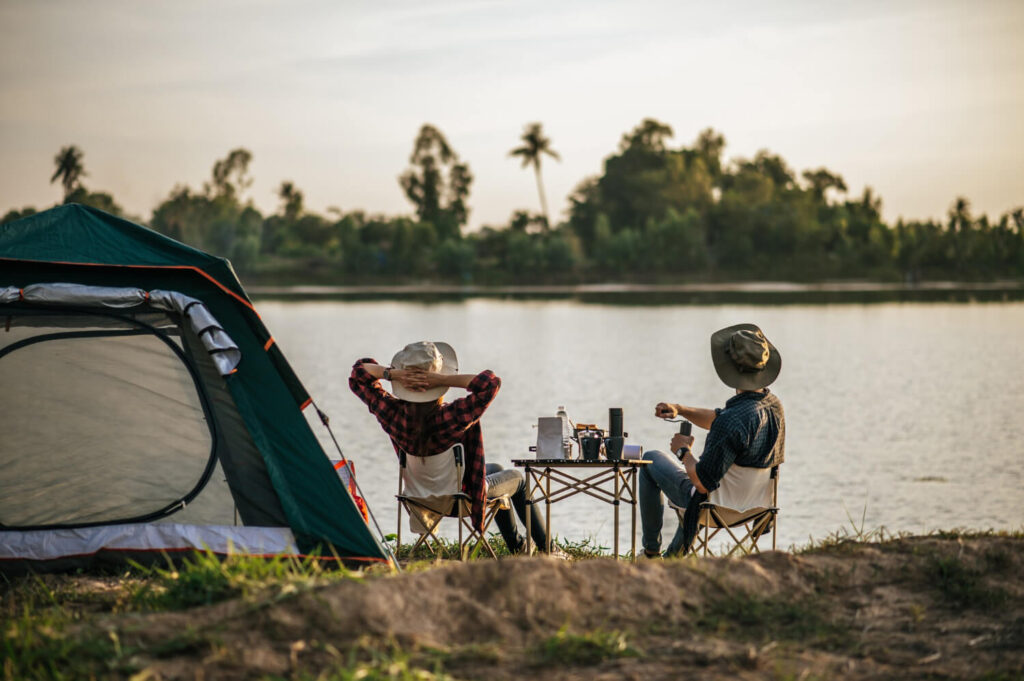
Craving fresh air, starry skies, and a break from city noise? A camping road trip near Midland, Texas offers everything
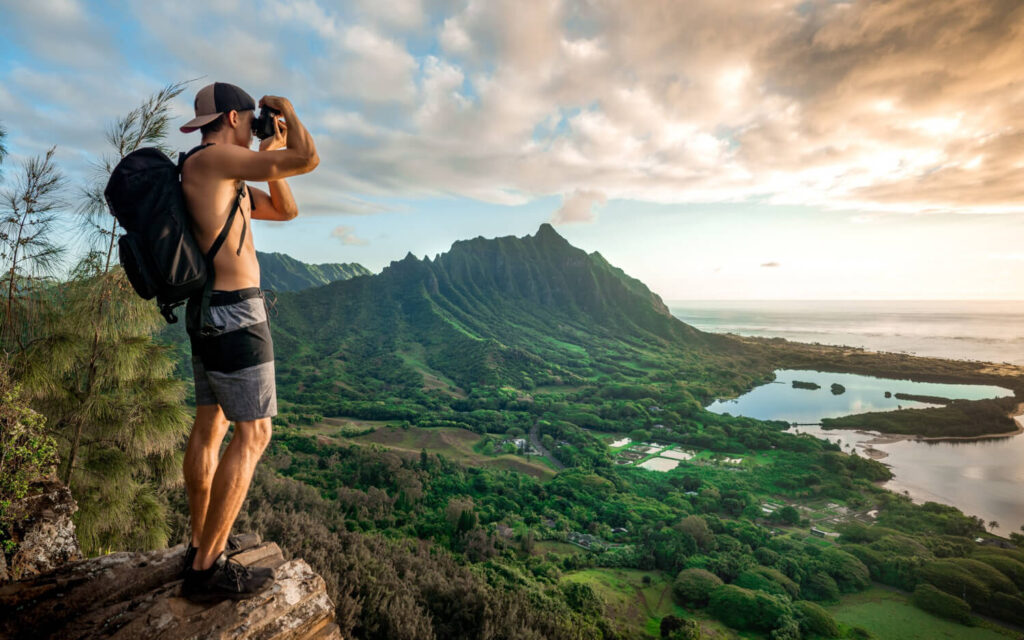
For outdoor lovers in North Texas, Denton is more than just a charming college town—it’s a gateway to some of
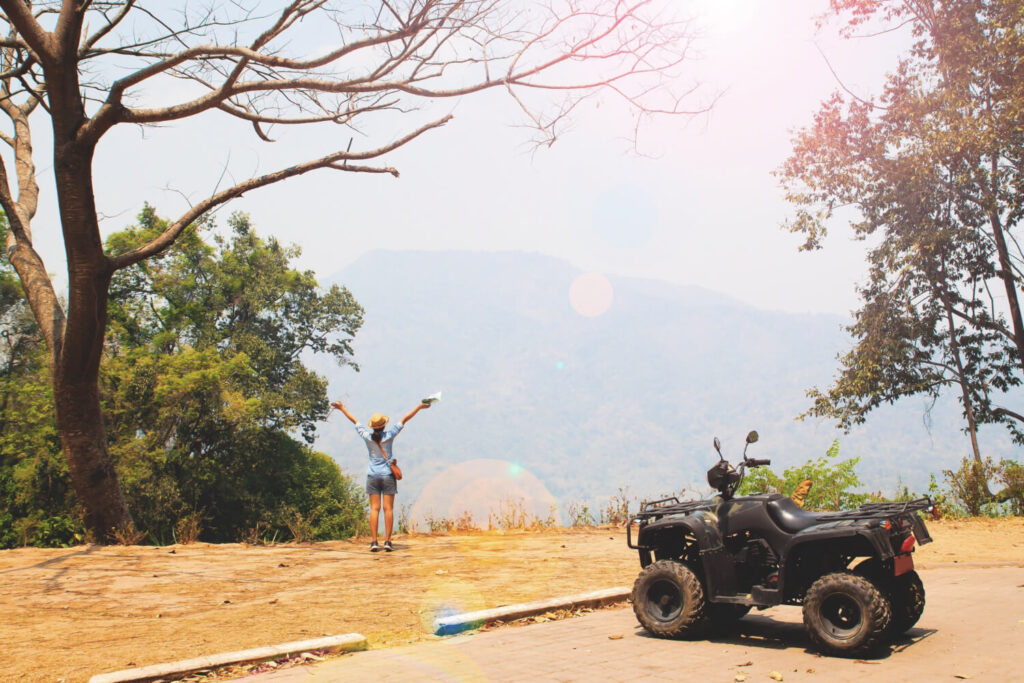
If you’re craving fresh air, scenic trails, and a healthy dose of nature, a road trip to College Station offers
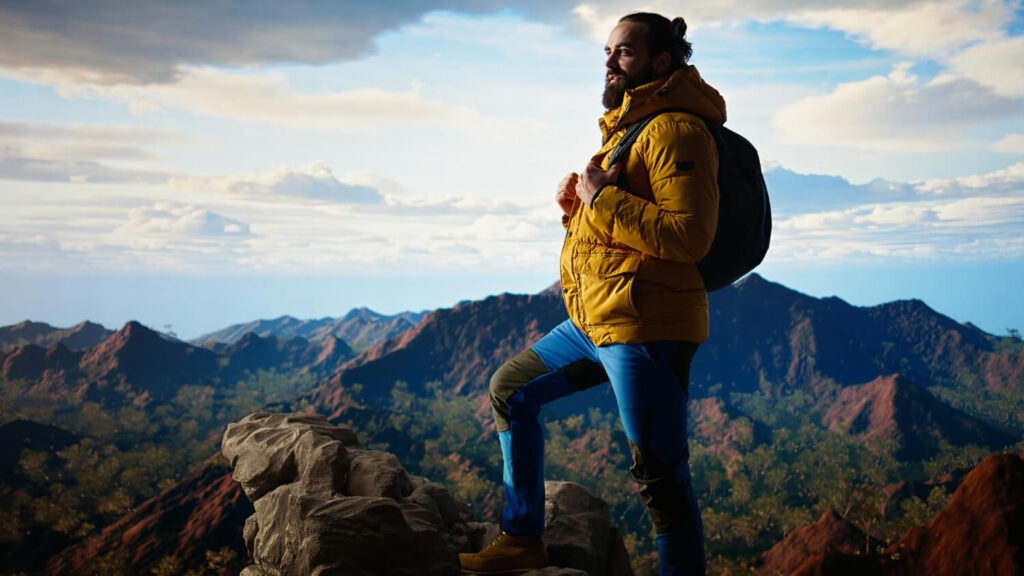
Craving fresh air, wide-open spaces, and a dose of adrenaline? Fort Worth makes the perfect launchpad for outdoor road trips
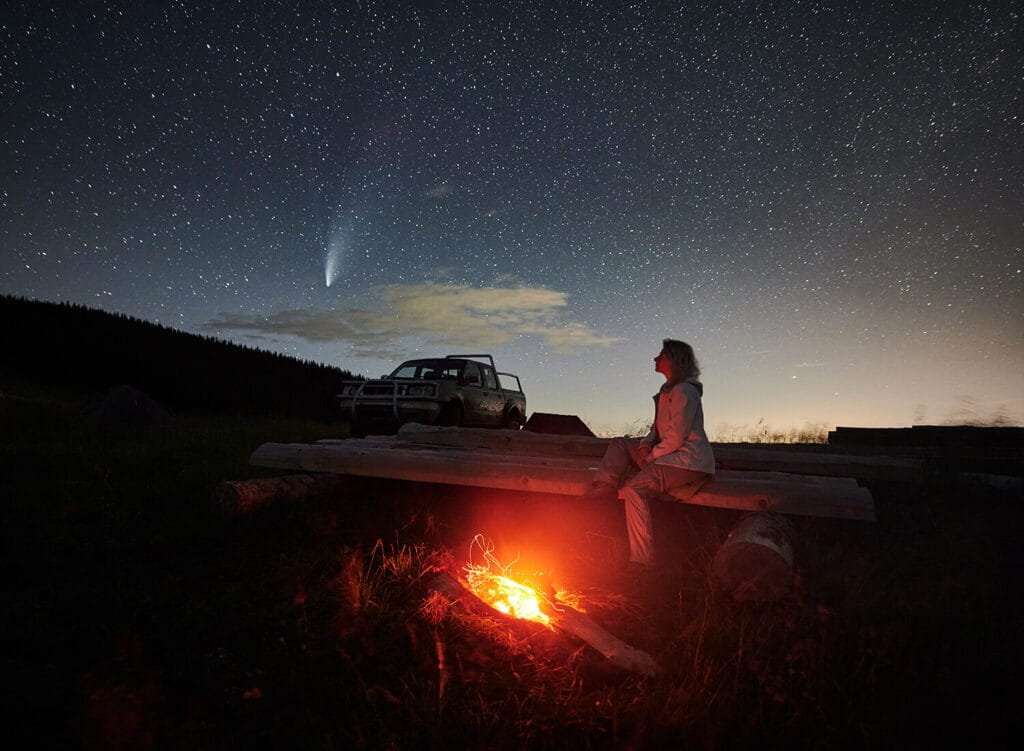
Sometimes, the best road trips begin after sunset. If you’re looking to escape city lights and reconnect with the cosmos,
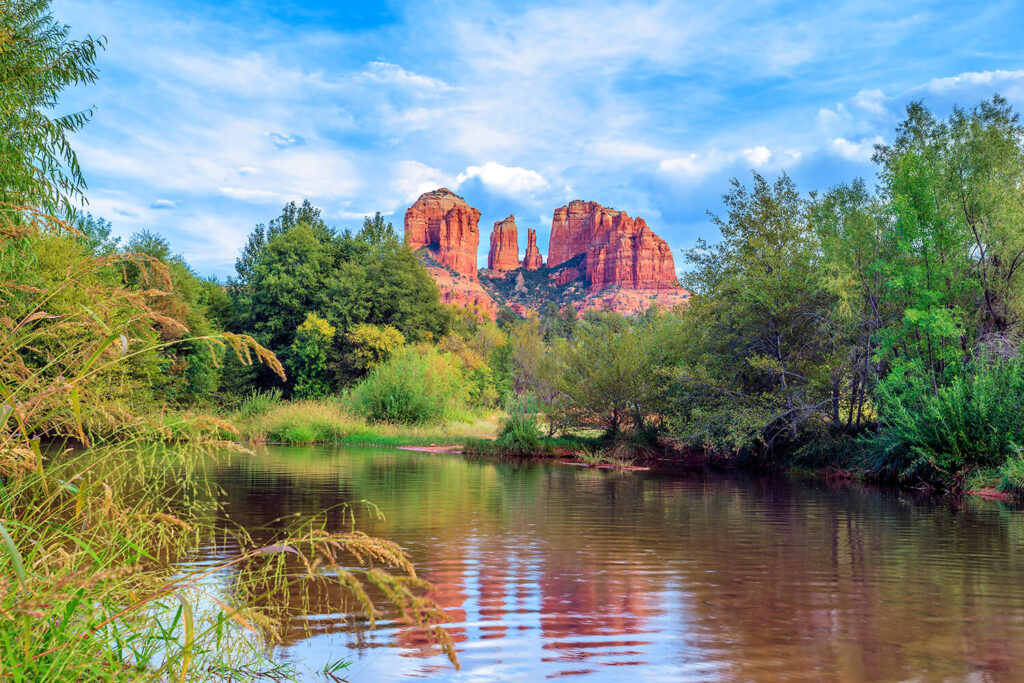
Looking to escape the city and dive into the Texas outdoors? Fort Worth is surrounded by incredible state parks that
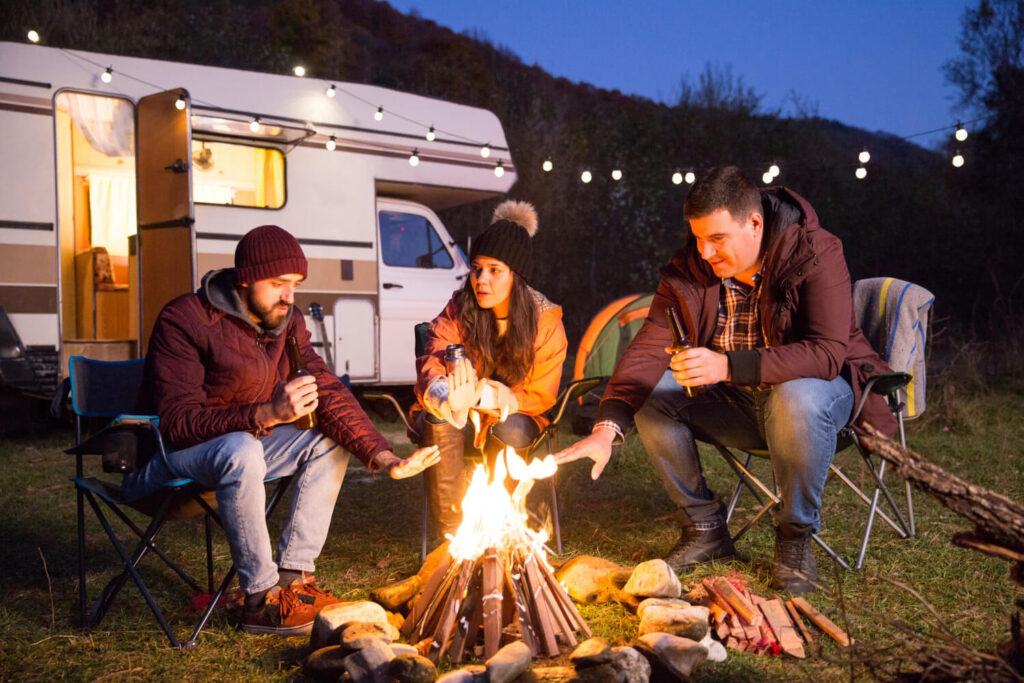
When the city noise gets too loud and your soul craves fresh air, a weekend camping trip from Fort Worth
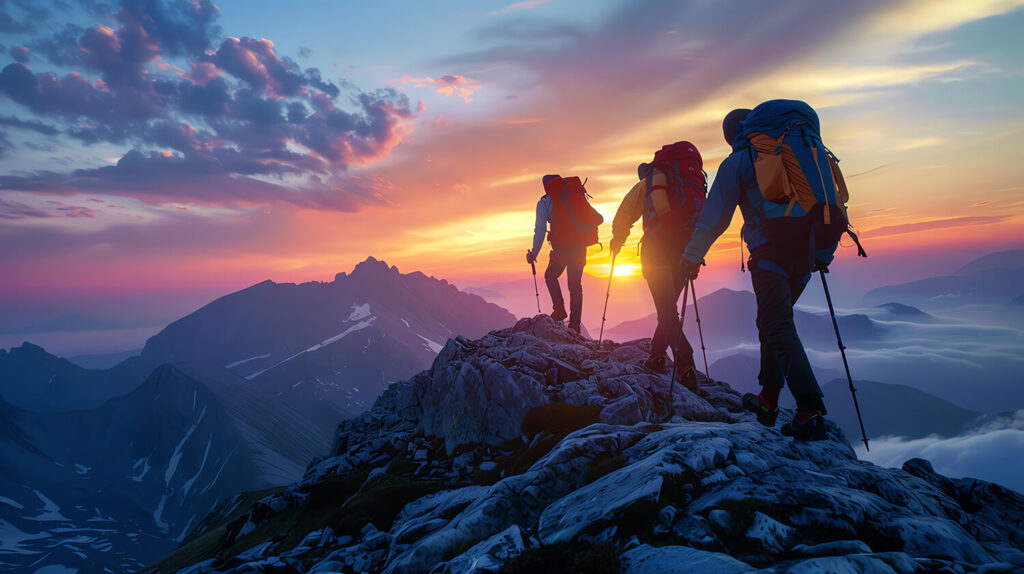
When city life gets overwhelming, few things refresh the soul like an outdoor escape — and Houston is perfectly positioned

If you’re craving adventure without spending a fortune, a budget camping road trip from San Antonio might be your perfect
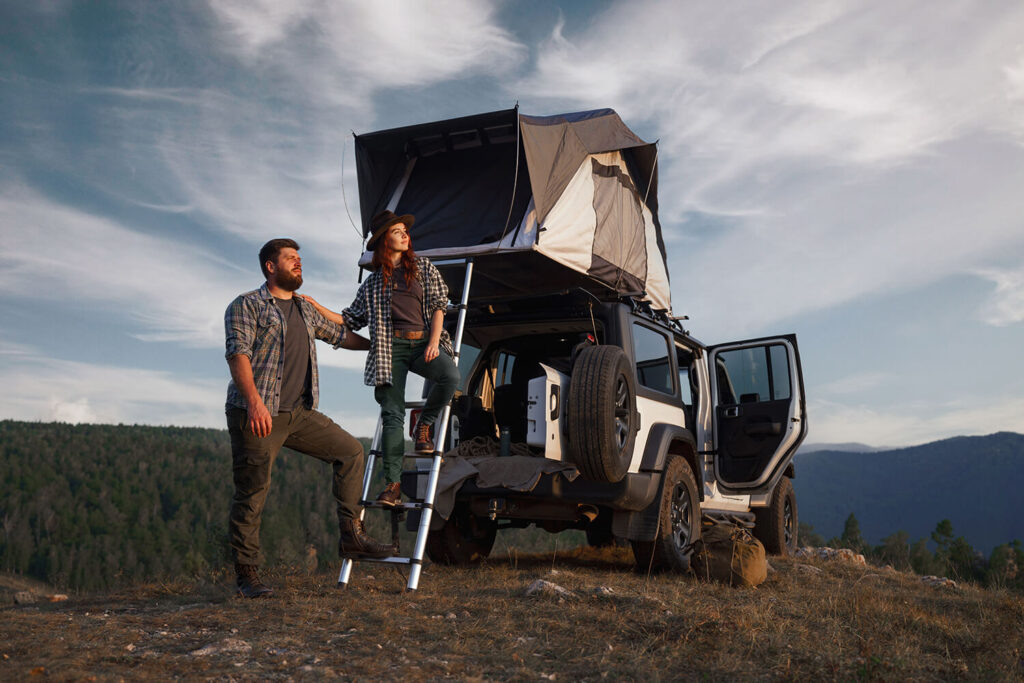
Craving fresh air, starry skies, and a break from the city grind? Camping and RV parks near San Antonio provide
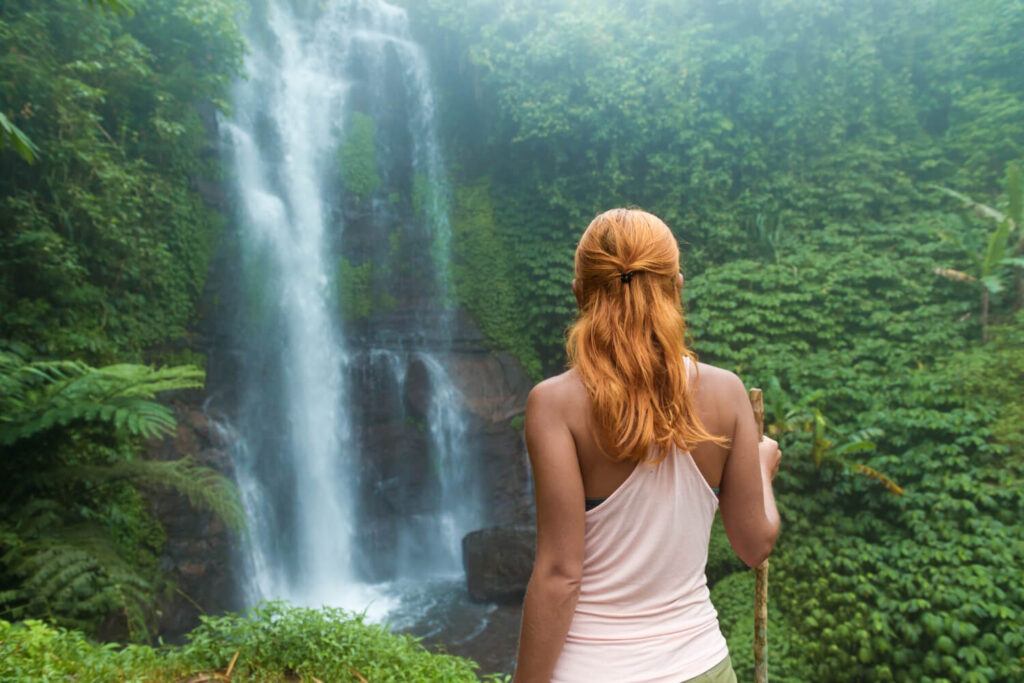
If you’re craving a refreshing escape into nature, nothing beats the soothing sound of falling water echoing through a forest.
Texas has two major national parks: Big Bend National Park and Guadalupe Mountains National Park. Big Bend offers desert landscapes, canyons, hot springs, and Rio Grande river views, while Guadalupe Mountains is home to the state’s highest peak and incredible fossilized reef formations. Both parks are remote, vast, and filled with hiking, camping, and stargazing opportunities. Our guides help you explore each park in-depth, from iconic trails and scenic drives to lesser-known photo spots and peaceful campgrounds.
A road trip connecting Big Bend and Guadalupe Mountains is around 280 miles and takes about 5–6 hours by car through wide desert highways and small towns. Most travelers start in El Paso or Midland/Odessa, rent a car, and plan a 4–7 day itinerary including park stops, Marfa, Fort Davis, and Balmorhea State Park. Our suggested route includes places to stay, fuel stops, and safety tips to help you enjoy the scenic isolation of West Texas with confidence and comfort.
Fall (October–November) and spring (March–April) are the best times to visit Texas national parks. These seasons offer milder temperatures, clear skies, and excellent hiking conditions. Summer can be dangerously hot, especially in Big Bend, while winter offers solitude but colder nights in Guadalupe Mountains. Our seasonal guides explain what to expect in each park by month, including weather, trail conditions, and wildlife sightings to help you plan the perfect visit.
Both national parks offer hiking, camping, wildlife watching, scenic drives, and stargazing. Big Bend also features river trips, hot spring soaking, and desert photography. Guadalupe Mountains is known for its summit hike to Guadalupe Peak, and its trails through canyons, woodlands, and fossil beds. Each park has designated visitor centers, maps, ranger programs, and interpretive trails. Our activity breakdowns include difficulty levels, trail tips, and day-by-day planning to help you enjoy the outdoors at your own pace.
Yes. Both parks offer developed and primitive campgrounds, though they fill up quickly during peak seasons. Nearby lodging options include Terlingua and Lajitas for Big Bend, and Van Horn, Dell City, or Salt Flat for Guadalupe Mountains. Glamping and cabins are available near Big Bend for added comfort. Our guides provide booking tips, campsite reviews, and alternative stays — so you’ll always have a safe, scenic place to rest between adventures.
Pack plenty of water, sun protection, layered clothing, a sturdy daypack, hiking boots, maps, a flashlight or headlamp, snacks, and a full tank of gas. Cell service is limited in both parks, so offline maps or paper park brochures are essential. If camping, bring a sleeping bag rated for the season and all necessary gear. Our complete packing checklist ensures you’re well-prepared for the rugged, remote, and rewarding landscapes these national parks have to offer.
Yes — many travelers include Big Bend and Guadalupe Mountains in a longer West Texas road trip. You can add stops like Marfa, Fort Davis, Balmorhea, and Davis Mountains State Park, or extend your journey into New Mexico. A one-way route from El Paso to San Antonio also lets you explore a diverse mix of desert, mountain, and city life. Our multi-day itineraries help you build custom journeys with both parks as core highlights of a wider Texas adventure.
Filter by city, theme, or trip length. Your perfect journey starts here.